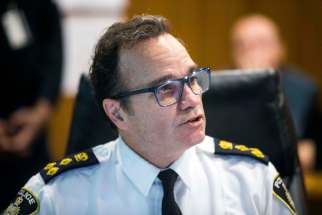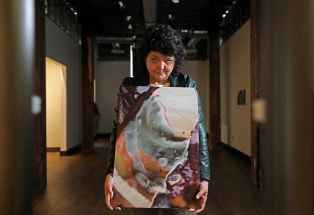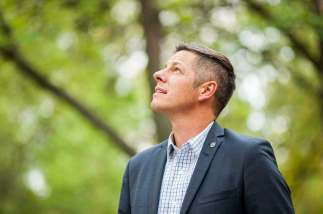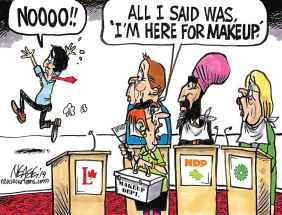Tree plan needs more details to flourish
Read this article for free:
or
Already have an account? Log in here »
To continue reading, please subscribe:
Monthly Digital Subscription
$0 for the first 4 weeks*
- Enjoy unlimited reading on winnipegfreepress.com
- Read the E-Edition, our digital replica newspaper
- Access News Break, our award-winning app
- Play interactive puzzles
*No charge for 4 weeks then price increases to the regular rate of $19.00 plus GST every four weeks. Offer available to new and qualified returning subscribers only. Cancel any time.
Monthly Digital Subscription
$4.75/week*
- Enjoy unlimited reading on winnipegfreepress.com
- Read the E-Edition, our digital replica newspaper
- Access News Break, our award-winning app
- Play interactive puzzles
*Billed as $19 plus GST every four weeks. Cancel any time.
To continue reading, please subscribe:
Add Free Press access to your Brandon Sun subscription for only an additional
$1 for the first 4 weeks*
*Your next subscription payment will increase by $1.00 and you will be charged $16.99 plus GST for four weeks. After four weeks, your payment will increase to $23.99 plus GST every four weeks.
Read unlimited articles for free today:
or
Already have an account? Log in here »
Hey there, time traveller!
This article was published 25/09/2019 (2268 days ago), so information in it may no longer be current.
Mayor Brian Bowman’s enthusiastic plan to enlist citizens to plant trees on public and private property likely has some people ready to grab a spade and start planting. Now what?
Last Thursday, Mr. Bowman unveiled the Million Tree Challenge, encouraging the planting of that many trees as Winnipeg’s population grows to one million residents over the next 20 years.
He gets high marks for a feel-good vision, but his announcement came with few practical details to guide citizens inspired to help resuscitate Winnipeg’s critically ill urban forest.
The mayor’s concern about reforestation might surprise some people, considering this year’s civic budget slashed funding for reforestation and urban forest enhancement by 36 per cent.
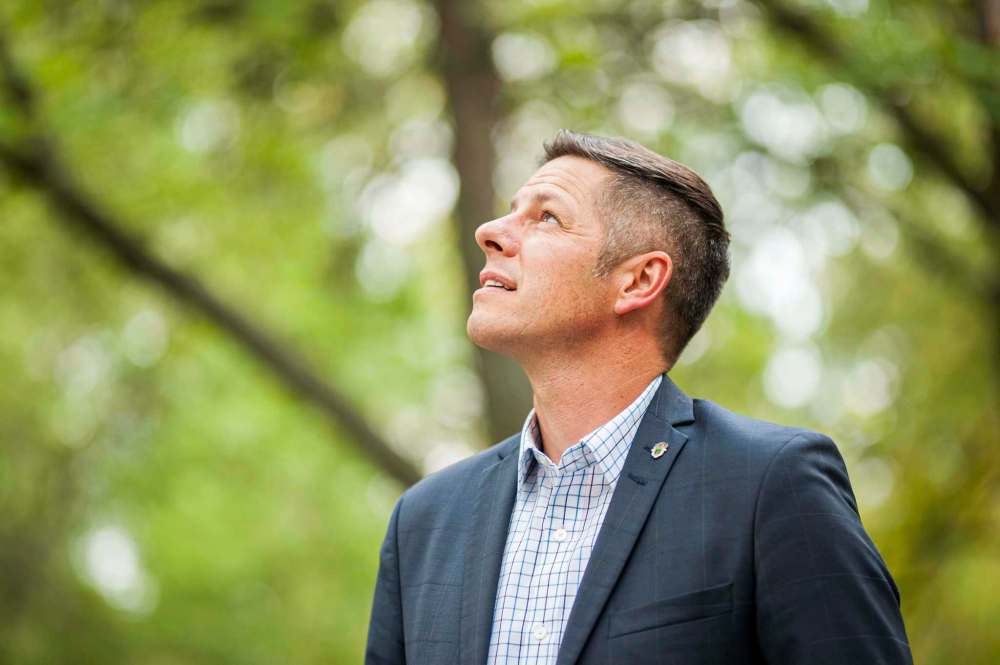
Better late than never, however; the mayor’s initiative is welcome, coming as the city faces the bleak prospect of losing many of its 230,000 American elms and all of its 350,000 ash trees to disease.
Dutch elm disease — a fungus spread by elm bark beetles — has been killing Winnipeg trees since 1975, and the situation grew immeasurably worse in 2017 when the invasive emerald ash borer arrived.
Mayor launches challenge to enhance city canopy as population rises
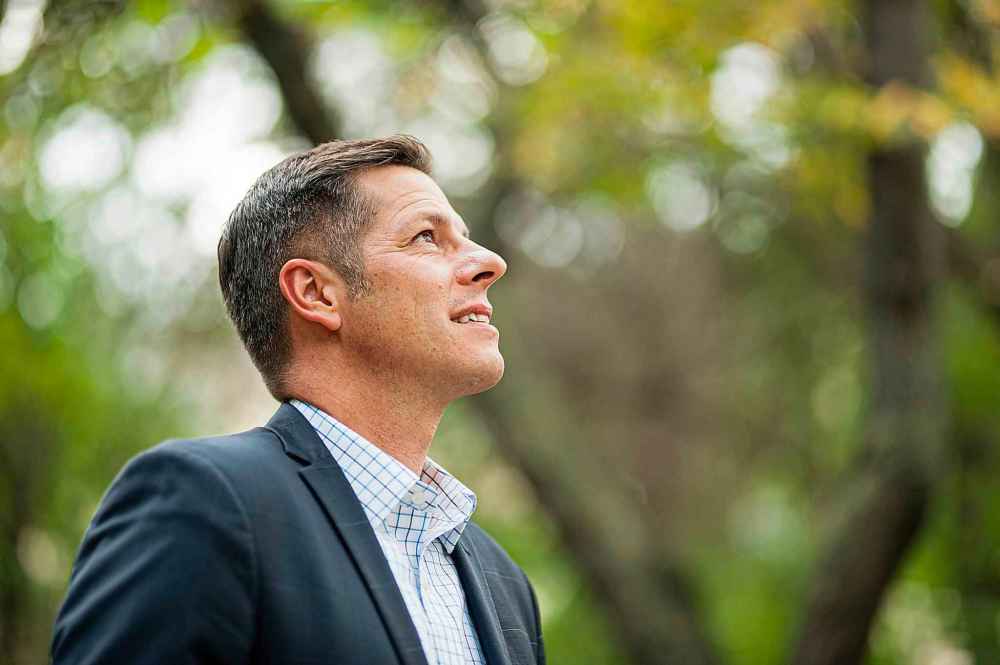
Posted:
Winnipeg Mayor Brian Bowman is planting a seed for a citywide challenge he hopes will root one million new trees.
There is no stopping the borer, which has wiped out entire ash forests in other areas and is expected to eliminate 30 per cent of the trees in Winnipeg parks and boulevards.
Dead trees should be removed promptly to slow the spread of disease, but city workers can’t keep up. Many diseased trees are marked for removal — the ones with fluorescent orange paint splotches — but are still standing, and most that are removed are not replaced. Last year, the city replaced only 2,500 of the 6,000 trees removed from boulevards, parks and natural areas.
This is the context in which Mr. Bowman announced his plan to bolster the city’s underfunded reforestation effort by encouraging financial help from corporations and hands-on help from citizens. His plan has three parts: residents should consider planting trees on their private property; citizen volunteers can plant trees in public or private spaces; everyone is encouraged to donate money to Tree Canada to fund tree planting in Winnipeg.
Beyond those broad strokes, there are many questions but few immediate answers.
How can citizens plant saplings to replace Winnipeg’s doomed tree canopy when much of it, including many diseased trees, is still standing?
What species of trees should citizens plant, and where? Presumably, citizens won’t be allowed to sprinkle saplings wherever they see empty spaces on parks and boulevards, but the mayor’s announcement came without details to guide enthusiastic citizens who are ready to start digging up public property.
Citizens inspired to plant trees in their yards should be forewarned about the potential dangers of trees taking root in locations that could someday interfere with underground water and sewer lines, house foundations and Hydro lines.
Citizens inspired to plant trees in their yards should be forewarned about the potential dangers of trees taking root in locations that could someday interfere with underground water and sewer lines, house foundations and Hydro lines. (Reliable information from arborists is available through the non-profit Winnipeg ReLeaf Tree Planting Program, which for a $55 fee offers workshops on tree planting and care.)
Despite the lack of details in his announcement, the mayor’s Million Tree Challenge has already secured financial donations, including a $1-million gift to Tree Canada from Canadian National Railway.
Such financial equity is welcome, but so is sweat equity, according to the mayor. Some Winnipeggers will want to take up the challenge, roll up their sleeves and get planting. How? When? Where?
For this intriguing and well-intended initiative to flourish, it must first set its roots in some practical realities.


